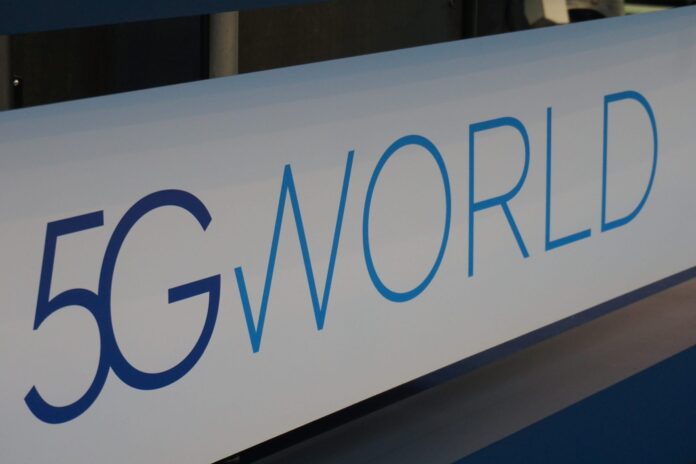Use cases for 5G are still on the drawing board but global standards and network slicing expected to be key to 5G
LONDON – We can easily envision multiple plausible use cases for “5G” technology, but many of them will probably be proved wrong as the technology begins to roll out by 2020. Or rather, a whole new set of use cases will have emerged by then. Managing this level of uncertainty is a major challenge for operators.
“We asked millennials what they thought about the future and they did not think about connectivity because they already have it,” said Antje Williams, 5G executive program manager at Deutsche Telekom, during a keynote session at 5G World in London. The step change between 3G and “4G” was mobile broadband. The question is now what the step change from 4G to the next generation is going to be.
“The bottom line is that 5G is much more than just another evolution of connectivity,” said Franz Seiser, VP of core networks and services at DT. “The step change happening with 5G is … an evolution of different types of use cases that we must solve from a technology perspective. We need to define a system that can extremely flexibly be adapted to future use cases. The use cases we will see in 2020 are not the ones we are envisioning today.”
There are multiple challenges including providing connectivity to anyone, anywhere; connecting billions of devices; and catering for various verticals, globally. “Verticals are global and this is a huge challenge for telcos because they are not always ready to work across boundaries,” said Seiser.
But defining the right business models will probably be more challenging than building the technology, according to Williams. On the technology side, there is a consensus network slicing will be key.
“One of the essential pieces of 5G is network slicing at the core and [radio access network] level,” Williams said.
But achieving global standards will also be central to realizing the full potential of the emerging technology, said Seiser. “There is a huge competition but we need to be very careful about not ending up with fragmentation if some [in the industry] are moving too fast and too far. We need global standards,” Seiser explained.

